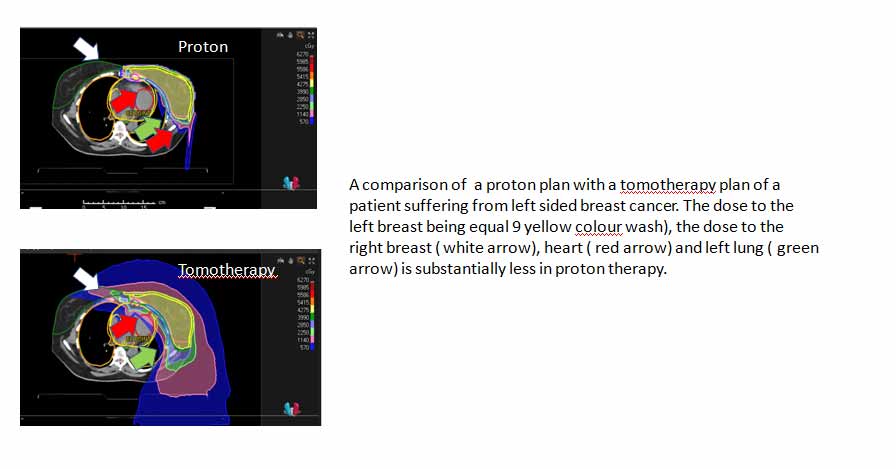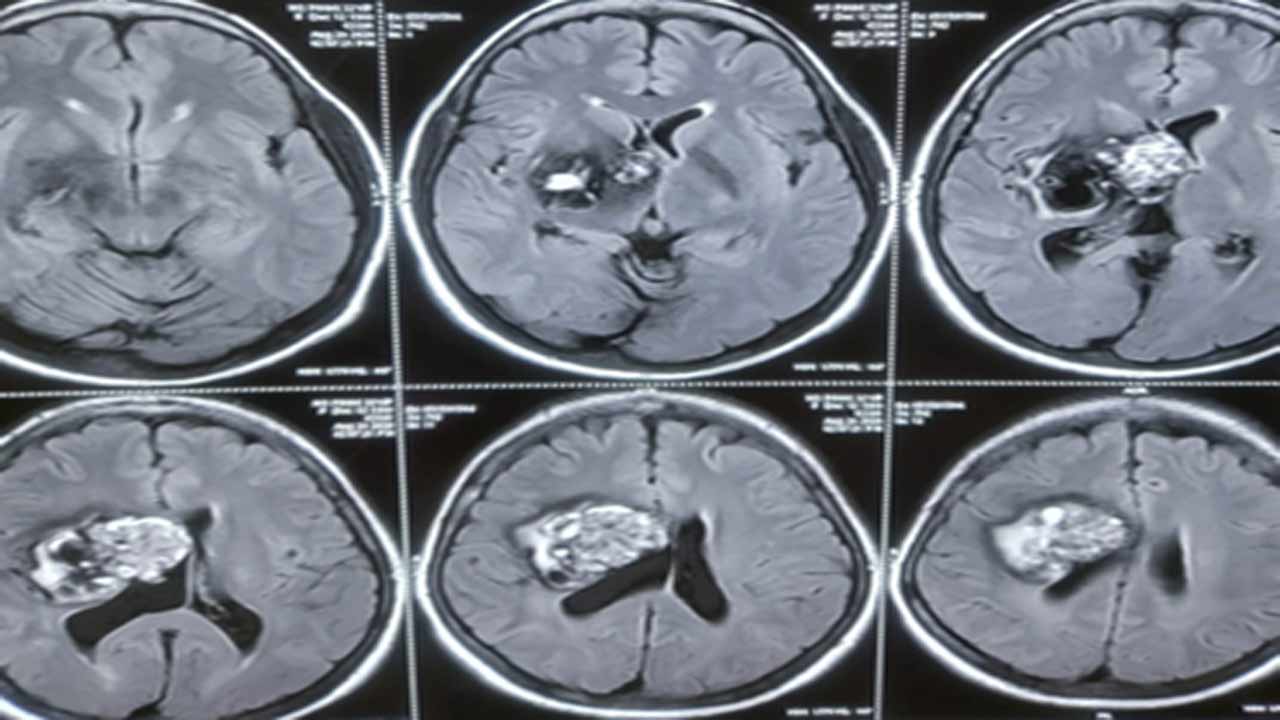
Here are the excerpts of the interview of Dr. Sapna Nangia – Sr Consultant Radiation Oncology and the Lead for Breast Cancer at Apollo Proton Cancer Centre – with HealthWire.
What is proton therapy, how is it different from regular radiotherapy?
Before I answer your question, I must tell you a bit about radiotherapy. Radiotherapy is the treatment of cancer using electromagnetic radiation. This electromagnetic radiation destroys the DNA of cancer cells therefore killing them.
There have been a lot of advances in radiation therapy in the last two decades leading to accurate treatments that allow doctors to treat the tumor accurately while protecting normal tissues. There is a gradual increase in the efficacy or the success rate of treatment as well as the ability to protect normal tissues.
Approximately 70% of cancer patients require radiation at some point or the other during their cancer treatment.
Proton therapy is a special form of radiation, special because unlike X Rays which are electromagnetic waves, proton therapy uses charged particles which makes the treatment advantageous because of many reasons.
Since protons are charged particles, their energy is deposited abruptly and completely in the region defined by the doctor as the target. This is unlike x-rays which traverse the tumor and travel beyond it and therefore also impact tissues that lie in the neighborhood of the tumor.
Proton therapy, therefore, takes the benefit of modern radiation accurate treatments further. In addition, because of the abruptness with which the energy is deposited in tumor cells, in certain situations, proton therapy also increases the success of treatment.
Is this a new technology?
Proton therapy has actually been around since the 1950s. However, a number of advances that have taken place recently have allowed doctors to extract all the benefits of this sophisticated treatment.
One of these is the development of the pencil beam scanning technology which allows the doctors to literally paint the tumor by protons layer by layer making the treatment very accurate. In addition to this, the latest proton therapy machines have facilities to take X Rays and CT scans on the machine itself which makes the treatment accurate.
What is the use of proton therapy in breast cancer?
To answer your question I will first explain the use of radiotherapy in breast cancer. Radiotherapy is used to reduce the risk of cancer coming back locally in the breast and glands around the breast in patients who undergo breast-conserving treatment.
In patients in whom the breast is removed, radiotherapy reduces the risk of local recurrence in the bed of the tumor. Interestingly, decreasing local recurrence also reduces the risk of cancer recurring in organs like lung and liver and also reduces the risk of dying of breast cancer. While radiotherapy has all these advantages, doctors are concerned about the effect of its effect on normal tissues.
In breast cancer patients these normal tissues are the heart the lungs and the unaffected breast. One of the side effects of radiation is an increased chance of a heart problem later in life, which may be a heart attack or weakening of the muscles of the heart or changes in the rhythm of the heartbeat. Radiotherapy also results in a slightly increased risk of second cancers which is why the dose spilling into the lung and opposite breasts is important.
Since protons stop abruptly once breast tissue ends, the heart, lung, and opposite breast receive negligible dose; for example, the dose received by the heart is a quarter or one-eighth of that received by other radiation techniques. The dose to the opposite breast is also reduced by a similar proportion.

Which patients benefit most from proton therapy for breast cancer?
With advances in the treatment of breast cancer, we expect breast cancer patients to have a long life and we would therefore like to protect them from any consequences of treatment.
The reduction in dose to normal structures is beneficial for all patients however the benefits are most marked in young patients because in them the risk of 2nd cancer is most relevant.
Some patients have an increased risk of developing heart problems per se, because of their underlying diseases such as diabetes, obesity, COPD. Smokers too have additional risk and the risk is maximum in patients who have already had a heart problem. In these patients, reducing the dose to the heart is very important.
In certain advanced cancers and in cancers occurring in the inner half of the breasts we need to treat a lymph node group lying behind the breastbone. These patients receive more radiation to the heart because these lymph nodes lie close to the heart. In these patients too, proton therapy helps significantly reduces the radiation being received by the heart. This benefit is maximum for left-sided breast cancer patients but also relevant for right-sided breast cancer patients
What has been the experience of proton therapy in breast cancer at Apollo Proton Cancer Center?
We started treating breast cancer patients with proton therapy in October 2019 and our results have been very gratifying. The average dose to the heart has been 1Gy; in most other techniques, the dose maybe 3 to 10 times higher. We have treated patients using a short schedule and I am very happy with the outcome of this treatment in these patients.
I am also very happy with the cosmetic outcome of this treatment.
What is your message to women during breast cancer awareness month?
- Do regular mammograms. In Indian women, the incidence of breast cancer is higher in younger women. There are no specific guidelines for Indian women; it is advisable to undergo your first mammogram at 40 years and continue every 2 years until the age of 50years.
- Breast self-examination, done monthly remains relevant in LMICs, given poor access to mammograms. Perform it once every month.
- Do not ignore a lump or dimple in the breast. Pay attention to changes in the skin or nipple and consult a doctor if you notice anything unusual.
- Do not ignore a lump in the underarm
- Maintain a body mass index below 25; this is especially relevant in post-menopausal women.











